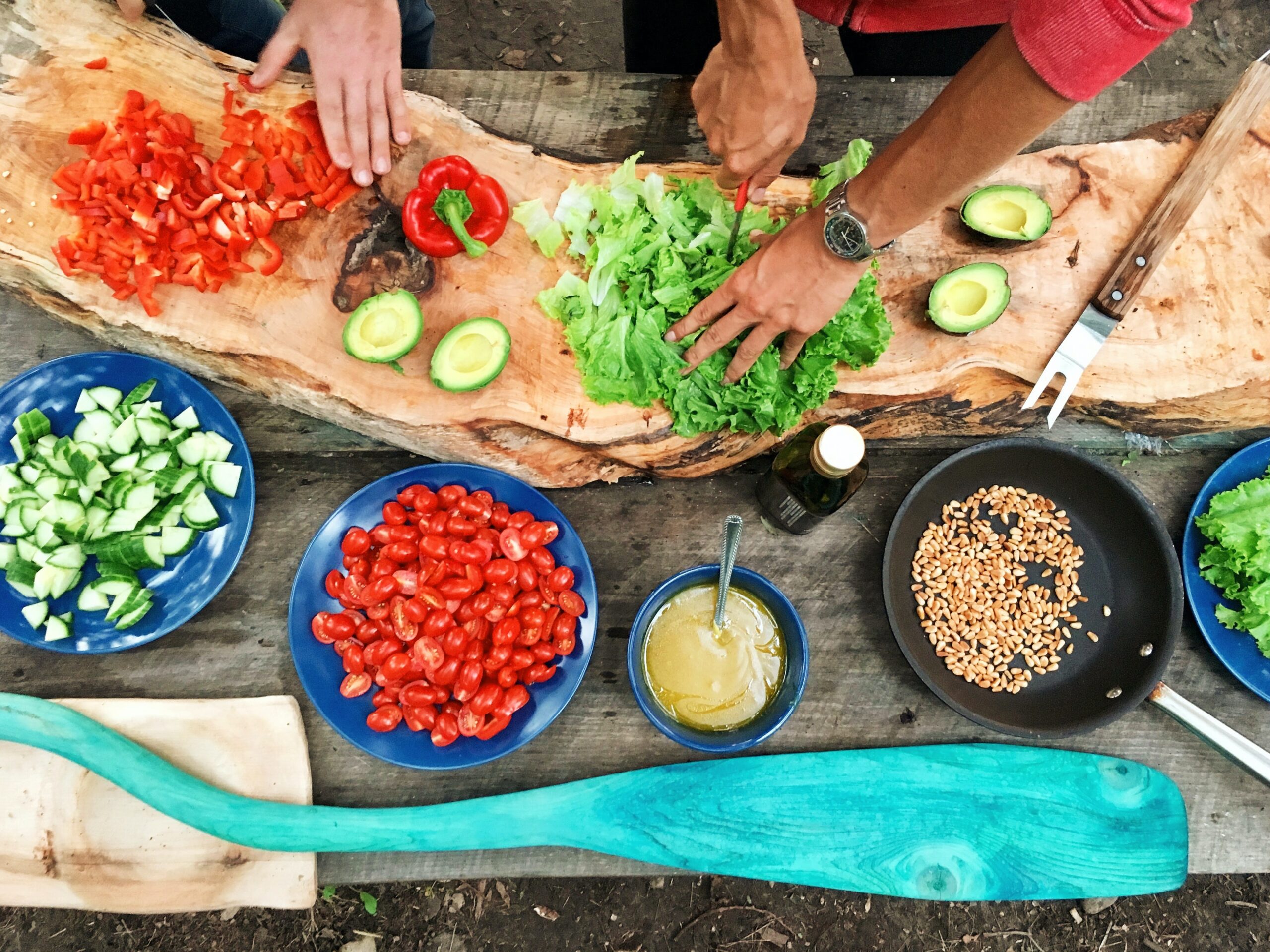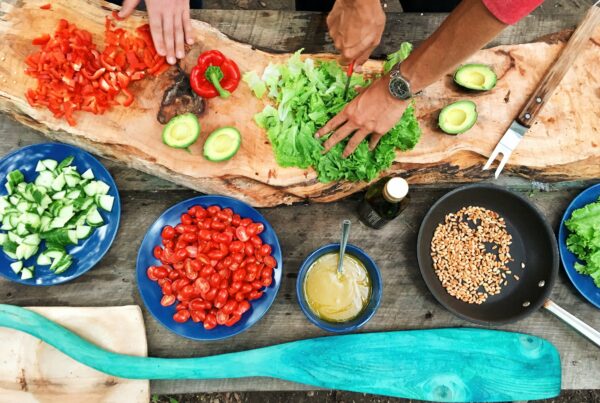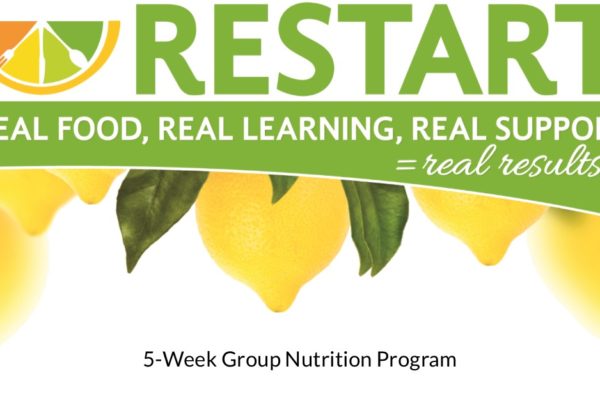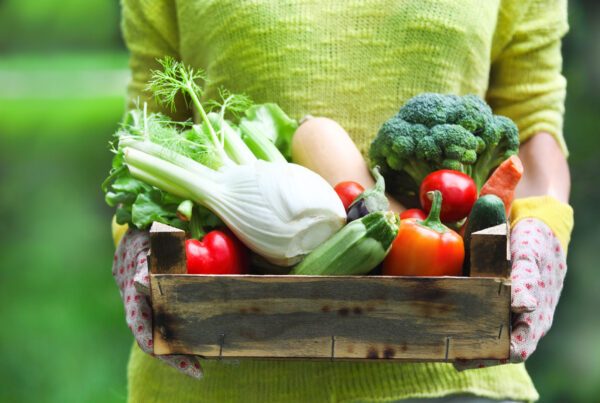Did you know that the way you prepare your food may have an impact on your digestion? And that some foods have anti-nutrients that impede their absorption?
Let’s talk about three of the most ancient and economical methods of food preparation that will improve the digestion and absorption of your food’s nutrients. While all three techniques were motivated by the need for long-term food storage, unbeknownst to our wise ancestors, they also happened to benefit our health in big ways!
#1 Soaking Grains, Nuts, Seeds, and Beans
While foods like grains, nuts, seeds, and beans add great value to your current diet, they naturally contain anti-nutrients that negatively affect absorption and digestion. These anti-nutrients, particularly phytates and enzyme inhibitors, also detract from the food’s nutritive value.
Soaking is an ancient practice that will lessen these anti-nutrients and maximize the foods’ nutrient density. Through the process of soaking, you’re able to neutralize phytic acid and release enzyme inhibitors, thus making the nutrients easier to digest and more absorbable.
To soak: simply take your dry grains, nuts, seeds, or beans, place them in a large bowl, cover with warm water, and let them rest on your countertop at room temperature. You can also add an acidic ingredient, like lemon juice or vinegar, to facilitate the release of phytase, an enzyme that breaks down phytic acid.
While most recipes call for soaking overnight, the length* of soak time does depend on what it is you’re preparing. Some common soak times for grains and beans range from 12-24 hours, while soak times for nuts and seeds range from 4-12 hours.
After your soak is complete, give your food a quick rinse. The nuts and seeds will be ready to be eaten (although dehydrating them at a low temperature will result in delicious “crispy” nuts), while grains and beans will still have to be cooked (however, their cook time will be significantly shorter).
To recap: by simply soaking your grains, nuts, seeds, or beans in acidic water you’re improving that food’s nutrient density and ability to be digested and absorbed!
#2 Sprouting Grains, Nuts, Seeds, and Beans
The next food preparation method is sprouting and is a continuation of the soaking process!
Sprouting follows a lengthy soak period, leading to an increase in water content, and the breaking of the seed’s outer shell. The seeds are then drained, rinsed, and kept moist to encourage the growth of the sprout, which looks like a little tail. During this process, the seed’s starch breaks down and turns into fuel for growth, releasing additional nutrients like proteins, vitamins, and minerals (1) and further improving the food’s absorption and digestibility!
The most popular and convenient method for sprouting is in a jar. Some companies sell specific lids for proper drainage, depending on the size of the grain, nut, seed, or bean you’re wanting to sprout, but you can also use something as simple as cheesecloth. Cultures For Health has some excellent guidelines to learn how to sprout in a jar.
*The length of time required for soaking and sprouting ranges, but a quick internet search will populate many soaking and sprouting resources and charts to determine the ideal length of time for the specific grain, seed, nut, or bean. If you’re not ready to take this step, not to worry! Many health-focused companies are now selling sprouted food items, like bread, oats, and dried beans.
#3 Fermenting Foods
Fermentation dates back to 6,000 B.C. and provides many health benefits including anti-oxidant, anti-microbial, anti-fungal, anti-inflammatory, anti-diabetic, and antiatherosclerotic activity (2). The functional microorganisms that create these fermented food products are responsible for positively influencing the gut microbiome, boosting the immune system, increasing the food’s nutrient density, protecting against disease, and aiding in digestion (3).
The list of foods you can ferment is wide-reaching and ranges from veggies to dairy to tea to grains! Some common ferments include sauerkraut, pickles, kefir, yogurt, kombucha, and sourdough.
For grains, this technique may also be called souring and is a direct extension of soaking and sprouting (4). Hence: sourdough! One of the most delicious, oldest, and widely known methods of grain fermentation.
With some proper planning and a little bit of time, by simply soaking, sprouting, and/or fermenting your foods you can support your gut and improve your digestion! In addition, these ancient methods also improve your food’s nutrient density, ensuring that your body is fully absorbing and utilizing these vital proteins, fats, carbohydrates, vitamins, and minerals.
Want to Learn More?
If you’re new to soaking, sprouting, and fermenting, it can seem a little overwhelming. One of my favorite resources is The Traditional Cooking School. Wardee has a ton of free articles on her website, but she also offers several mini-courses and full courses that take you by the hand and show you step-by-step how to ferment foods, make sourdough, soak, and sprout. When I first started down the traditional foods path, I took several of her courses. Two other great resources are Nourished Kitchen and Simply Well Being. And, of course, Nourishing Traditions by Sally Fallon is my go-to book recommendation for all things traditional foods. I love her book and refer to it all the time!
SOURCES
- Han, Emily. “What You Should Know about Sprouted Grains.” Kitchn, Apartment Therapy, LLC., 2 May 2019, https://www.thekitchn.com/what-you-should-know-about-sprouted-grains-204262.
- Şanlier, N., Gökcen, B. B., & Sezgin, A. C. (2017). Health benefits of fermented foods. Critical Reviews in Food Science and Nutrition, 1–22. doi:10.1080/10408398.2017.1383355
- Tamang, Jyoti P, et al. “Functional Properties of Microorganisms in Fermented Foods.” Frontiers in Microbiology, Frontiers Media S.A., 26 Apr. 2016, https://www.ncbi.nlm.nih.gov/pmc/articles/PMC4844621/.
- “Sprouting vs. Souring vs. Soaking of Grains.” Cultures for Health, 4 Nov. 2016, https://www.culturesforhealth.com/learn/sprouting/sprouting-vs-souring-vs-soaking/#:~:text=SOURING%20GRAINS,made%20with%20roughly%20cracked%20grains.










